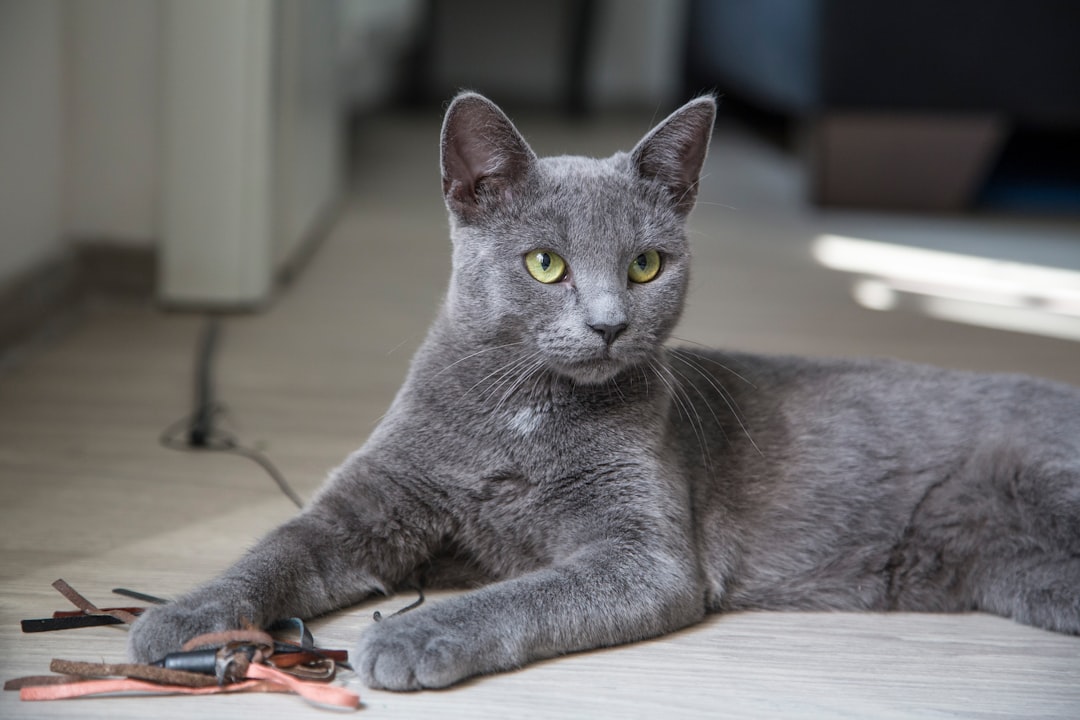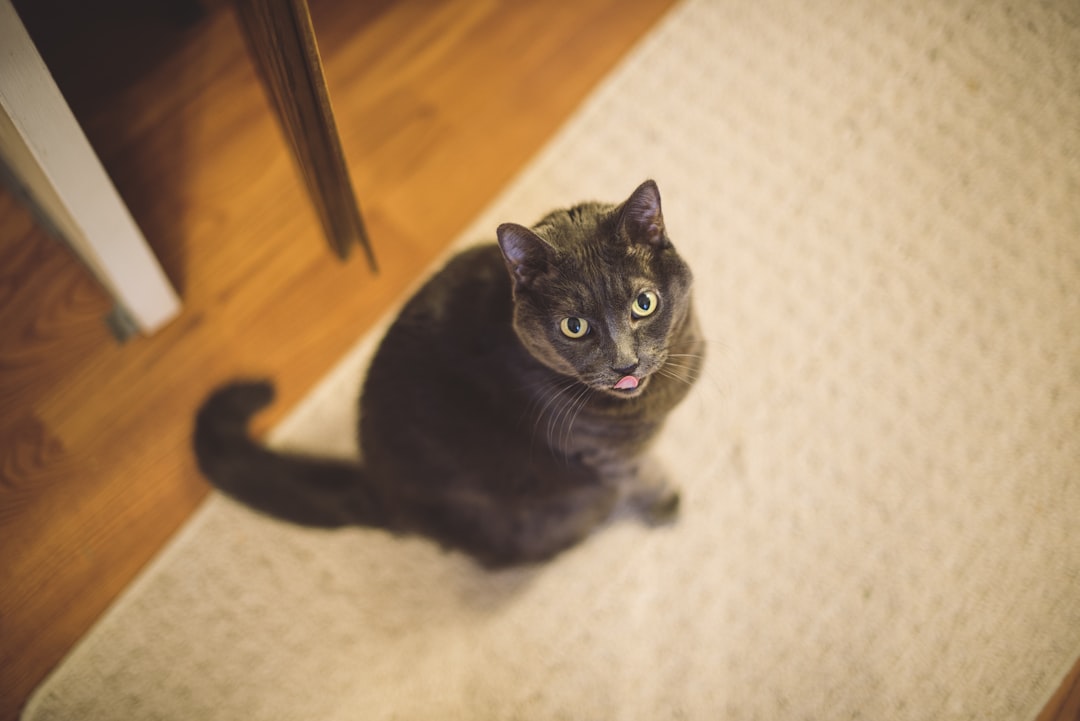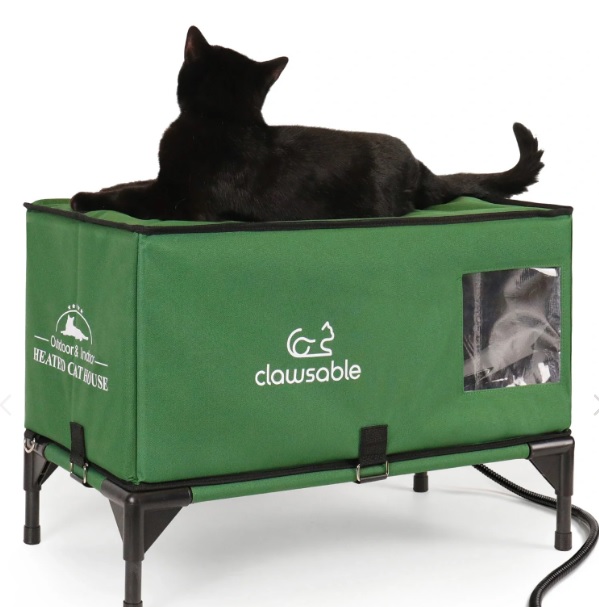Choosing the right litter for your feline friend is crucial, and with so many options available, understanding the ins and outs of Cat Litter Pellets can significantly enhance your cat’s comfort and hygiene. This comprehensive guide will explore the various types and benefits of cat litter pellets, offer tips on selection and maintenance, and debunk common myths. Whether you are a new cat owner or looking to switch your current litter, this information will help you make an informed decision that best suits your cat’s needs.
Understanding Cat Litter Pellets
Cat litter pellets are a popular choice among pet owners for their unique properties and benefits. These pellets come in various materials and offer several advantages that enhance the litter experience for both cats and their owners. Here’s what you need to know:
Material Composition: Cat litter pellets are often made from wood, clay, or recycled paper. Each type varies in absorbency, odor control, and texture.
Absorbency: The design of cat litter pellets allows them to absorb moisture effectively, helping to keep your cat’s litter box dry and comfortable.
Low Dust: Many cat litter pellets generate minimal dust compared to traditional litter, making them ideal for cats with respiratory issues.
Odor Control: These pellets can minimize odors efficiently, ensuring a fresher environment.
Clumping vs. Non-Clumping: Some pellets clump together when wet, simplifying cleanup. Others may require more frequent changing, so consider which type suits your routine best.
By understanding cat litter pellets, you’ll make a more informed choice that caters to your cat’s needs as well as your own.
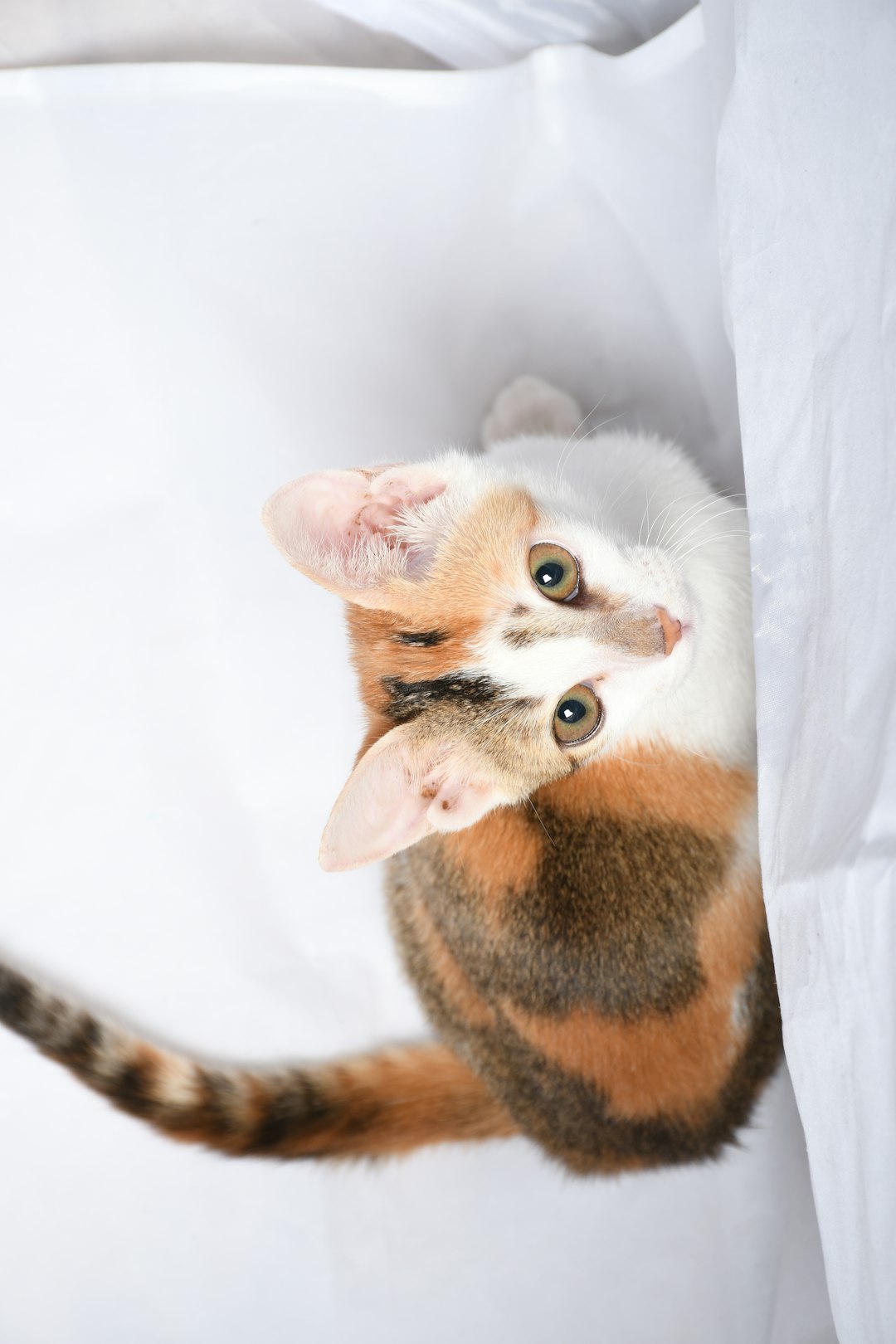
Types of Cat Litter Pellets
When choosing the right Cat Litter Pellets for your feline friend, it’s important to understand the various types available. Each type has its unique characteristics and benefits. Here’s a quick overview:
Wood Pellets: Made from compressed sawdust, these pellets are eco-friendly and absorbent. They break down into sawdust when wet, making cleanup easier.
Paper Pellets: These pellets come from recycled paper products. They are soft, lightweight, and highly absorbent, ideal for sensitive paws and those with allergies.
Clay Pellets: Often made from bentonite clay, these pellets clump well and offer excellent odor control. However, they can be heavier and less eco-friendly compared to other options.
Corn Pellets: Biodegradable and highly absorbent, corn pellets provide good clumping ability and natural odor control, making them a popular choice among environmentally-conscious cat owners.
Comparison Table:
| Type | Clumping | Eco-Friendly | Odor Control | Softness |
|---|---|---|---|---|
| Wood Pellets | No | Yes | Moderate | Soft |
| Paper Pellets | No | Yes | Good | Very Soft |
| Clay Pellets | Yes | No | Excellent | Firm |
| Corn Pellets | Yes | Yes | Good | Soft |
By considering these options, you can select the most suitable Cat Litter Pellets that cater to your cat’s needs.
Benefits of Using Cat Litter Pellets
Cat litter pellets offer several advantages over traditional litter types, making them a popular choice for cat owners. Here are some key benefits:
- Superior Odor Control: Cat litter pellets effectively neutralize odors, ensuring your home remains fresh and pleasant.
- Low Dust Production: Unlike some clay litters, pellets produce minimal dust, which is beneficial for both cats and their owners with allergies.
- Less Tracking: Most cat litter pellets are larger, reducing the chances of tracking outside the litter box. This means a cleaner home!
- Absorbent Nature: Pellets absorb moisture well, ensuring that litter stays dry and minimizing clumping, which simplifies cleanup.
- Eco-Friendly Choices: Many cat litter pellets are made from biodegradable materials, making them a sustainable choice.
Comparison of Cat Litter Types
| Feature | Cat Litter Pellets | Clay Litter | Crumb Litter |
|---|---|---|---|
| Odor Control | Excellent | Good | Fair |
| Dust Levels | Low | High | Moderate |
| Tracking | Low | High | Moderate |
| Eco-Friendliness | High | Low | Low |
In summary, choosing cat litter pellets can offer a better overall experience for both you and your feline friend, enhancing comfort and cleanliness in your home.
How to Choose the Right Cat Litter Pellets
Selecting the perfect Cat Litter Pellets for your feline friend can significantly enhance their litter box experience. Here’s how to make an informed choice:
Material Type: Consider different materials:
- Wood (biodegradable, natural scent)
- Clay (absorbs moisture, excellent clumping)
- Corn (sustainable, good odor control)
Absorbency: Look for Cat Litter Pellets that effectively absorb moisture to keep the litter box dry and odor-free.
Dust Levels: Low-dust options are ideal for cats with respiratory issues or allergies.
Granule Size:
- Larger pellets reduce tracking.
- Smaller pellets may offer better clumping.
Odor Control: Choose Cat Litter Pellets that provide odor-absorbing properties to keep your home smelling fresh.
Clumping Ability: Good clumping litter makes cleaning more manageable.
Cat Preferences: Ultimately, your cat’s comfort matters! Try a few types to see what they prefer.
By considering these factors, you can find the right Cat Litter Pellets that will suit both you and your cat’s lifestyle.
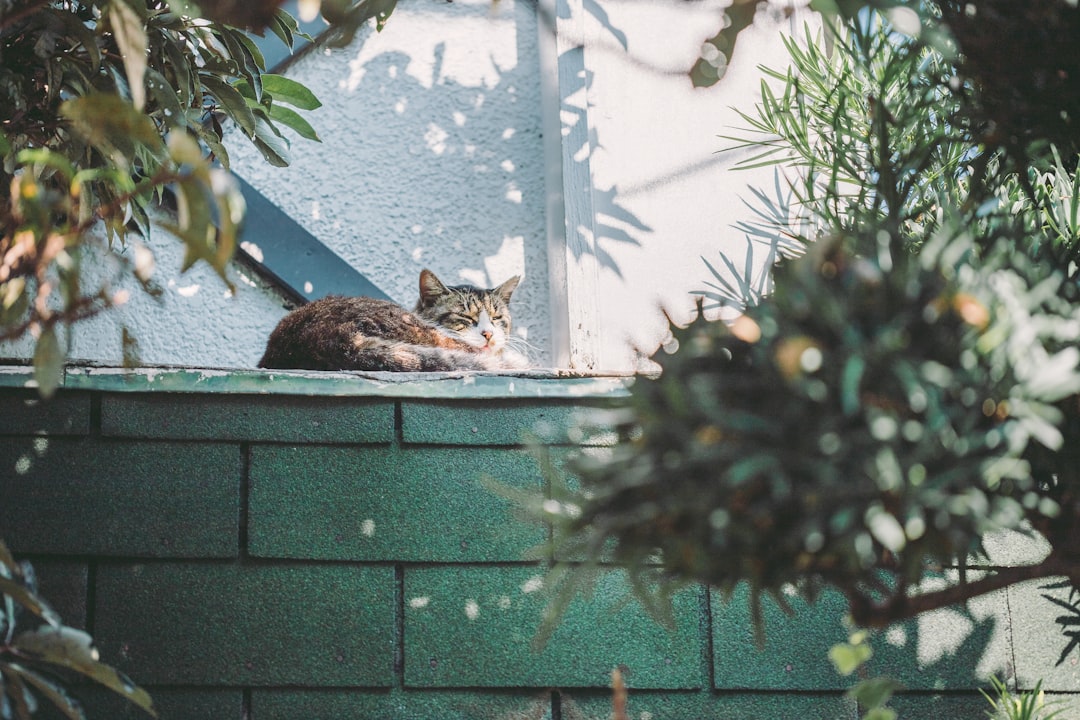
Tips for Transitioning to Cat Litter Pellets
Transitioning your cat to cat litter pellets can be a smooth process with the right approach. Follow these practical tips to ease the transition:
Gradual Introduction: Start by mixing a small amount of the new pellets with your existing litter. This method helps your cat get used to the texture and scent. Gradually increase the proportion of cat litter pellets over a week.
Positive Reinforcement: Encourage your cat’s use of the new litter by rewarding them with treats or affection when they use the litter box. This reinforces positive behavior.
Keep It Clean: Ensure the litter box remains clean and odor-free during the transition. Cats are sensitive to cleanliness, and a tidy environment promotes usage.
Observe Behavior: Keep an eye on your cat’s reactions. If your cat resists the change, consider reverting to the old litter and repeating the gradual transition later.
Provide Multiple Boxes: If possible, offer more than one litter box — one with the old litter and one with the cat litter pellets. This gives your cat a choice and can ease anxiety.
By following these tips, you can make the transition to cat litter pellets seamless for both you and your feline friend.
Best Practices for Maintaining Cat Litter Pellets
Maintaining Cat Litter Pellets is crucial for both your cat’s health and your home’s hygiene. Here are some best practices to ensure optimal performance of your kitty’s litter box:
- Regular Cleaning: Scoop out clumped waste daily. This prevents odors and keeps the litter fresh.
- Full Change: Change the cat litter pellets completely every 2-4 weeks, depending on usage. This helps eliminate lingering smells.
- Wash the Box: Every time you change the litter, clean the litter box with mild soap and warm water. Avoid harsh chemicals that might irritate your cat’s paws.
- Monitor Levels: Keep the litter at a consistent depth (about 2-3 inches). This encourages normal digging behavior and helps with clumping.
- Consider a Liner: Use a litter box liner to simplify cleaning and extend the life of your box.
By following these best practices, you can enhance your experience with cat litter pellets while maintaining a fresh and pleasant environment for both you and your feline friend.
Common Myths About Cat Litter Pellets
When it comes to Cat Litter Pellets, various myths can lead to misconceptions among cat owners. Here are some common myths debunked:
Myth 1: Cat Litter Pellets are Uncomfortable for Cats
Fact: Most cats adapt quickly to the texture of pellets, allowing them to dig and scratch comfortably.Myth 2: Cat Litter Pellets Don’t Control Odor
Fact: Many high-quality pellets contain materials that effectively absorb moisture and control odors, making them a suitable choice for odor-conscious households.Myth 3: They are Not Eco-Friendly
Fact: Many Cat Litter Pellets come from sustainable materials such as recycled paper or wood, offering an eco-friendly option compared to traditional clumping litters.Myth 4: Cat Litter Pellets are Difficult to Clean
Fact: Cleaning is straightforward. Simply scoop out clumps and replenish pellets as needed to maintain a clean litter box.
Understanding these misconceptions helps cat owners make informed choices about their litter options, ensuring a happy and healthy environment for their feline companions.
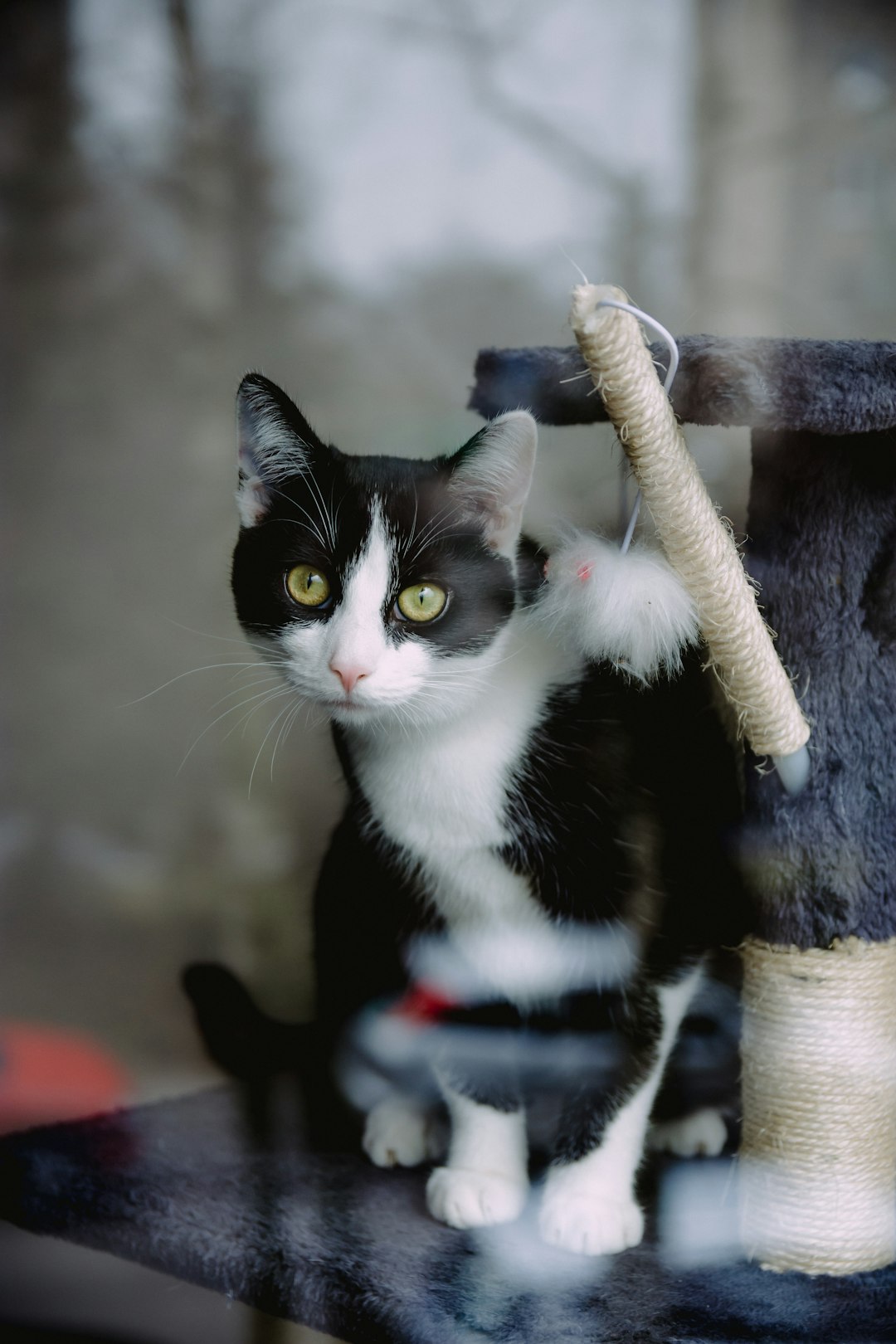
Eco-Friendly Options for Cat Litter Pellets
Choosing eco-friendly Cat Litter Pellets not only benefits your feline friend but also helps the environment. Here are some sustainable options that cat owners should consider:
Wood-Based Pellets: Made from compressed sawdust, these pellets are biodegradable and absorb moisture efficiently. They also emit a pleasant woodsy scent.
Corn-Based Pellets: These pellets utilize renewable corn materials, providing superb clumping abilities while being compostable.
Recycled Paper Pellets: Made from post-consumer paper products, these pellets are highly absorbent and gentle on your cat’s paws. They break down easily when disposed of.
Coconut Coir Pellets: Sourced from coconut husks, these eco-friendly pellets manage odors effectively while being sustainable.
| Option | Biodegradable | Clumping Ability | Scent |
|---|---|---|---|
| Wood-Based Pellets | Yes | Moderate | Pleasant wood |
| Corn-Based Pellets | Yes | High | Sweet corn-like |
| Recycled Paper Pellets | Yes | Low | Minimal |
| Coconut Coir Pellets | Yes | Moderate | Natural coconut |
Transitioning to eco-friendly Cat Litter Pellets not only promotes a healthier home environment but also supports sustainable practices. Make the switch and contribute positively to the planet!
Frequently Asked Questions
What are cat litter pellets made of?
Cat litter pellets are typically made from various materials, including wood, clay, corn, and recycled paper. The composition of the pellets can greatly influence their absorbency, odor control, and eco-friendliness. For instance, wood pellets are biodegradable and often praised for their natural odor-absorbing properties, while clay pellets, particularly those made from sodium bentonite, are known for their clumping ability. Choosing the right material depends on both your cat’s preferences and your environmental considerations.
How do I choose the right cat litter pellets for my cat?
Choosing the right cat litter pellets involves several factors such as your cat’s behavior, allergies, and personal preferences. Consider observing your cat to see what type of litter they seem to prefer. Some cats may be sensitive to certain materials, leading to avoidance or discomfort. Additionally, pay attention to the absorbency and odor control, as these features can enhance the litter box experience. It may require some experimentation with different types to find what works best for both you and your feline friend.
How often should I change cat litter pellets?
The frequency of changing cat litter pellets largely depends on the type and brand you use, as well as how many cats use the litter box. Generally, it’s advisable to clean out solid waste daily and replace the pellets completely every 1-2 weeks. However, if you notice strong odors or decreased absorbency sooner, consider changing them more frequently. Regular maintenance not only keeps the litter box fresh for your cat but also prevents health issues associated with bacterial growth.
Are cat litter pellets eco-friendly?
Yes, various types of cat litter pellets can be eco-friendly. For instance, those made from organic materials such as corn, wheat, and recycled paper are biodegradable and can often be composted. Wood pellets are also a sustainable option, especially if sourced from responsibly managed forests. However, it’s essential to check for certifications and the production methods used by the manufacturer to ensure that the product truly meets eco-friendly standards. This not only helps in reducing your pet’s environmental footprint but also aligns with sustainable practices.

